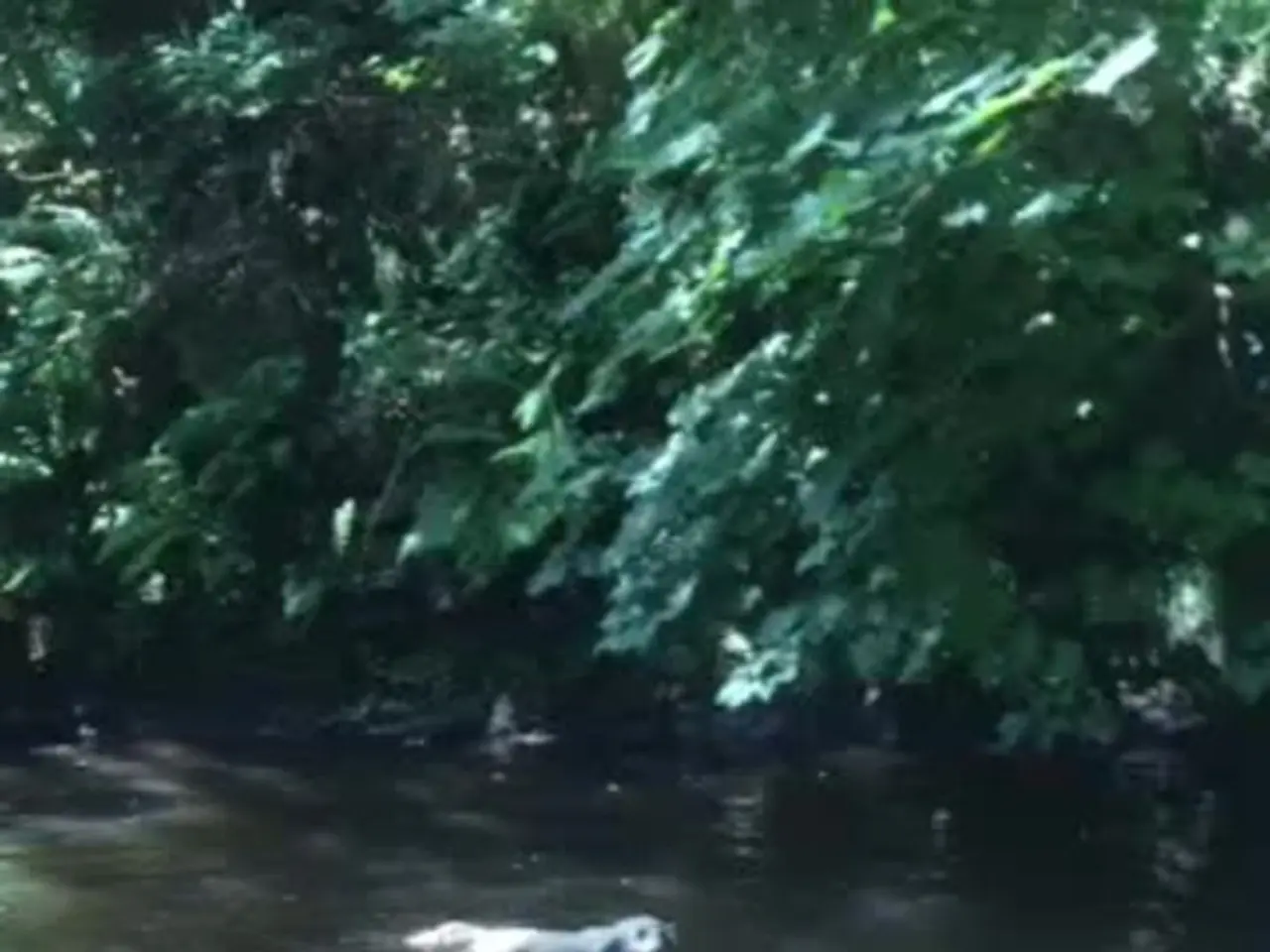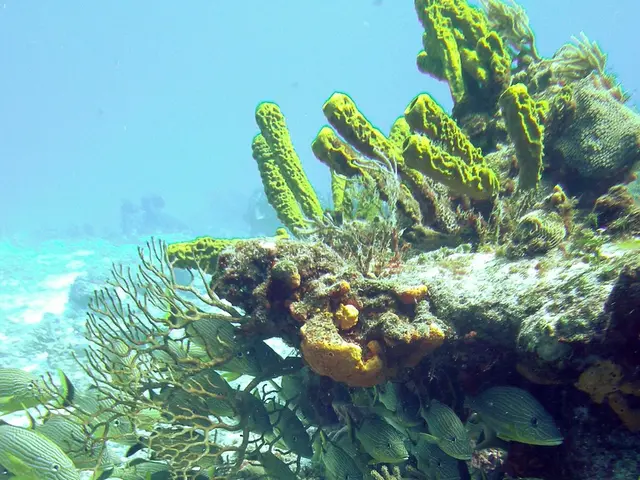Venice's Canals Toxically Hazardous for Dogs, Previously Pristine Haven
Dangerous Algal Toxins Found in Venice Canals, Dog Illnesses Under Investigation
A series of disturbing incidents have been reported in the Venice Canals area of Los Angeles, where multiple dogs have fallen ill or died after walking near the water. The likely cause of these canine illnesses is suspected exposure to toxins produced by algae in the canal water.
Environmental testing has detected algal toxins, including microcystins, anatoxin-a, and cylindrospermopsin, in the canal water, algae, and scum. Dogs exhibited symptoms such as sudden lethargy, weakness, vomiting, lack of coordination, tremors, seizures, and in some cases, rapid death. However, a definitive causal link between these toxins and the canine illnesses has not yet been established.
The investigation by Los Angeles County Department of Public Health and Veterinary Public Health Program is ongoing. According to the department, there have been five dog deaths and 21 suspected cases of canal-related illness.
Public advisories recommend avoiding contact with canal water, algae, scum, and any debris near the water to prevent exposure. Anyone with a sick dog who suspects a link to the canals should immediately seek veterinary care for their pet.
The Venice Canals, a magical, oasis-like place in a boisterous part of the city, have always been a popular spot for dog walkers. However, in recent weeks, the sidewalks between homes and the canal embankments have been eerily empty, with no dogs in sight. Instead, ducks and tourists have taken over the normally bustling area.
Among the affected dogs are Poppy, a 4-year-old golden retriever who knows where every cat lives in the neighborhood, and Annie, a springer spaniel with her own Instagram account, @CanalSpringer. Taylor and John Brumm lost their year-old golden retriever Ginger, while Barbara Malsch lost her dog Shadow on July 21.
Nisa Kove, a resident of Strongs Drive, stopped taking her dog Dottie to the canals after Dottie had a seizure. Jet, a Boston terrier, is no longer allowed to sunbathe on a picnic table near the canals, as her wet kisses are now a distant memory.
In addition to the canine illnesses, ailing sea lions have been turning up onshore, dying from a naturally occurring neurotoxin produced by harmful algae blooms. Experts are investigating all possible sources of illness, including pesticide exposure, harmful organisms, or environmental hazards.
Despite the warnings, some dog owners continue to walk their pets near the canals. Robin Abcarian walks dogs Poppy and I in the Venice canals, while Laura Snoke and her husband, Ed Orrett, put out a pan of fresh water for the ducks, which Poppy enjoys.
However, the situation remains under active investigation, with further testing and reporting requested from veterinarians and dog owners to clarify the cause. The city plans to post signs warning of potential danger from harmful algae in the water.
In the meantime, dog owners are urged to exercise caution when walking their pets near the Venice Canals. Harmful algal toxins can cause skin rashes, eye irritation, diarrhea, and vomiting in humans, and diarrhea, vomiting, convulsions, and death in animals. It is best to avoid contact with the canal water and algae altogether.
- The Venice Canals, a popular spot for dog walkers in Los Angeles, has seen a disturbing trend with dogs falling ill or dying after walking near the water.
- The suspect cause of these canine illnesses is exposure to toxins produced by algae in the canal water, which has been found to contain microcystins, anatoxin-a, and cylindrospermopsin.
- Environmental science experts are also investigating ailing sea lions found onshore, suggesting a possible connection to these harmful algae blooms.
- The Los Angeles County Department of Public Health and Veterinary Public Health Program is currently conducting an investigation into these incidents, with multiple dog deaths and suspected cases reported.
- In light of these incidents, business owners and pet owners in the home-and-garden sector may wish to consider the impact of climate change on wildlife health and health-and-wellness.
- Everyone, including pet owners and dog walkers, is advised to avoid contact with canal water, algae, scum, and debris.
- The editorial opinion in health-and-wellness magazines might reflect on the importance of environmental consciousness, especially concerning urban water bodies, and reducing chemical runoff into these areas.
- As the investigation continues, it may shape future environmental policies regarding water management in California and other urban environments prone to such algal toxins.








